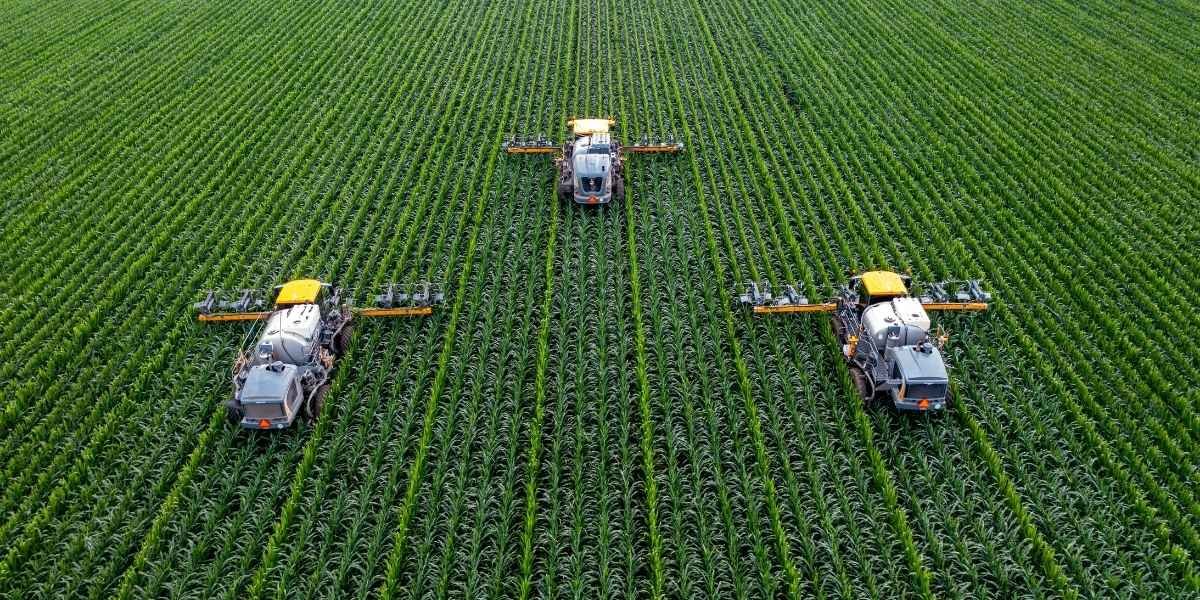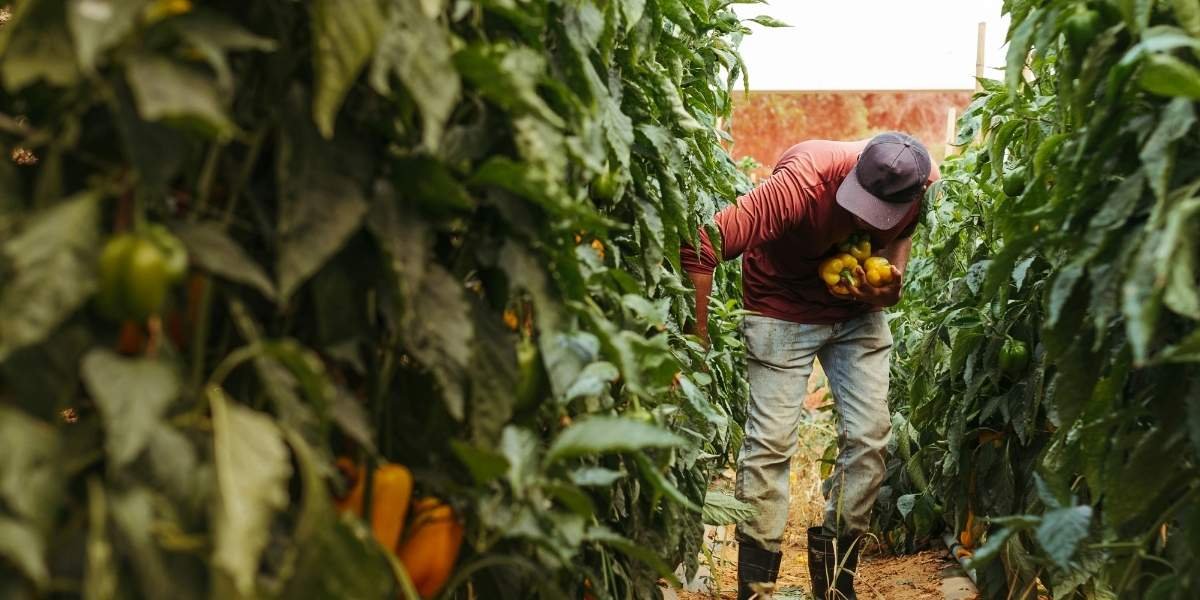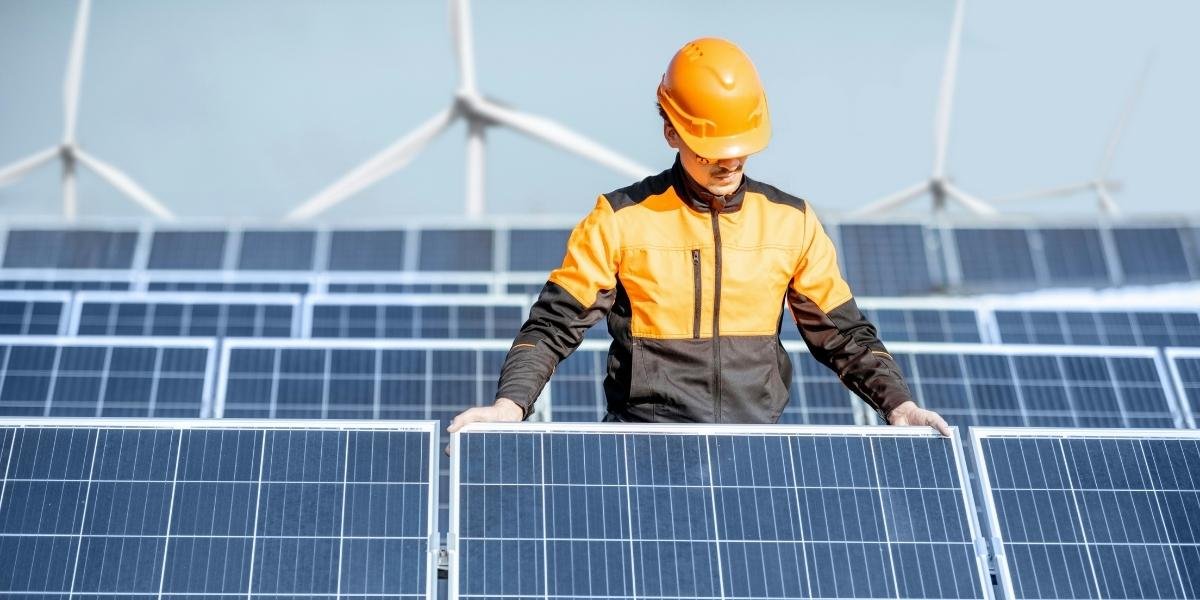The agricultural industry, often seen as one of the oldest industries in the world, is undergoing a major transformation. With technology advancing rapidly, autonomous tractors are at the forefront of this shift, helping to reshape farming practices and improve overall efficiency. These self-driving machines, equipped with cutting-edge technology, are not only increasing productivity but also addressing long-standing challenges such as labor shortages and environmental concerns. So, what is driving the rise of autonomous tractors, and why could they become a staple in modern agriculture?
Read also: Harvesting Opportunities: A Vision for Sustainable Agricultural Growth
What Are Autonomous Tractors?
Autonomous tractors are self-operating machines designed to perform traditional farming tasks without human intervention. Using a combination of GPS, sensors, artificial intelligence (AI), and machine learning, these tractors can carry out a variety of functions, such as plowing, planting, and spraying, all while optimizing the use of resources. Powered by technology, autonomous tractors can operate 24/7, significantly increasing efficiency and reducing the need for human labor.
These machines are equipped with cameras, radar, and lidar systems that enable them to “see” their surroundings and make real-time decisions based on field conditions. For example, an autonomous tractor can detect soil moisture levels and adjust its operations accordingly to minimize water waste. With AI at the helm, these tractors are capable of learning from past experiences, continually improving their performance and adaptability on the field.
How Do Autonomous Tractors Improve Efficiency?

Photo Credit: Unsplash.com
One of the primary advantages of autonomous tractors is their ability to enhance operational efficiency. Traditional farming methods often involve manual labor, which can be time-consuming, inconsistent, and subject to human error. Autonomous tractors, on the other hand, are designed to carry out tasks with a high degree of precision and consistency.
By automating everyday tasks, these machines can work around the clock without needing rest or breaks. Farmers no longer have to worry about time constraints or fatigue affecting the quality of work. They can complete tasks such as tilling, planting, and fertilizing at any time of day or night, even during off-peak hours. This ability to work continuously allows farmers to stay on schedule during critical periods like planting season and harvest time.
Moreover, autonomous tractors can communicate with other machines and systems on the farm. They can be integrated with cloud-based platforms to collect and analyze data from ongoing field operations. This data-driven approach enables farmers to make better decisions, track tractor performance, and adjust farming practices for optimal outcomes.
How Do Autonomous Tractors Help Reduce Labor Costs?
Labor shortages are a significant concern in the agricultural industry. The average age of farmers is increasing, and younger generations are not entering the profession at the same rate as older ones are retiring. This shortage of workers often leads to higher labor costs and increased difficulty in maintaining operations. Autonomous tractors can help address this issue by reducing reliance on manual labor.
These machines allow farmers to operate more efficiently with fewer workers. Tasks that once required multiple laborers can now be performed by a single autonomous tractor, freeing up time and resources. As a result, farmers can reallocate their workforce to other areas where human expertise is still needed, such as managing crop health or overseeing advanced technological systems.
While the initial cost of autonomous tractors can be high, their long-term impact on reducing labor expenses can make them a cost-effective investment. The savings in labor costs, combined with increased productivity, make autonomous tractors a valuable asset for modern farms.
What Environmental Benefits Do Autonomous Tractors Offer?
Autonomous tractors also contribute significantly to sustainable farming practices. These machines are designed to minimize waste, optimize resource usage, and reduce environmental impacts, making them a crucial tool in the fight against climate change.
- Fuel Efficiency: Autonomous tractors are optimized to follow the most efficient routes, reducing unnecessary fuel consumption. By taking the shortest paths and avoiding excessive idling, these machines consume less fuel, lowering carbon emissions and operating costs.
- Precision Agriculture: One of the most important benefits of autonomous tractors is their ability to use inputs like fertilizers, pesticides, and water with extreme precision. By applying the right amount of resources in the right places, autonomous tractors can minimize waste and reduce runoff. This leads to healthier crops and a cleaner environment, as it helps prevent harmful chemicals from contaminating soil or water sources.
- Sustainability: Autonomous tractors can also help improve soil health by implementing strategies like reduced tillage, which prevents soil erosion and promotes long-term soil fertility. This is particularly important for preserving the land for future generations of farmers.
As sustainability becomes an increasingly important factor in farming, autonomous tractors represent a practical solution to reducing the ecological footprint of agriculture.
How Do Autonomous Tractors Enhance Safety?
Farming is a physically demanding job, often involving repetitive tasks that can lead to fatigue and accidents. The use of autonomous tractors helps improve safety by automating some of the more dangerous tasks on the farm.
These machines can handle tasks like spraying chemicals or operating heavy equipment, which are often hazardous to human health. By removing humans from these high-risk activities, autonomous tractors help reduce the likelihood of accidents and injuries on the farm.
Additionally, autonomous tractors are equipped with advanced sensors that allow them to navigate fields safely and avoid obstacles. In the event of an unexpected situation, such as an animal crossing the path or an obstacle appearing in the field, these machines can respond in real-time to avoid collisions and potential damage.
The ability to automate these tasks not only enhances safety but also helps reduce the physical strain placed on farmers, allowing them to focus on other aspects of farm management.
Read also: Who Is Bearing the Financial Burden of Green Investments?
What Does the Future Hold for Autonomous Tractors?

Photo Credit: Unsplash.com
The future of autonomous tractors looks promising, with advancements in AI, robotics, and machine learning continuously improving their capabilities. As technology becomes more accessible, autonomous tractors are expected to become more affordable and efficient, with new features and functions being developed to address emerging challenges in agriculture.
In the coming years, it is likely that these machines will become even more integrated with other systems on the farm, such as drones, sensors, and data platforms. This integration will allow farmers to optimize every aspect of their operations, from planting to harvesting, in ways that were once unimaginable.
While the widespread adoption of autonomous tractors may take some time, their potential to transform modern agriculture cannot be ignored. As the technology continues to evolve, autonomous tractors will play a critical role in making farming more efficient, sustainable, and cost-effective, helping to feed a growing global population.












